Terracotta is a name that ushers memories of childhood – one where children would surround a potter’s wheel and watch him adroitly shape out splendid artefacts from clay. From roadside displays of pots and vessels to the rich heritage of India shown through in numerous museums, terracotta has always been quite famous and widely present all over the country. And though it is one of the most rudimentary materials and associated with simplicity, it carries with itself a long history of its use in the Indian Subcontinent.
The Traces of Terracotta in India
Since times immemorial, India has been famous for celebrating the five mystical elements of nature – fire, air, water, earth, and ether. And whenever these five elements combine, they are said to bring life. Terracotta, too, is said to be a combination of the five mystical elements and hence, has been a part of Indian history since the Indus Valley Civilization. In the literal sense, Terracotta means “baked earth” in Latin, and is a sort of clay-based earthenware.
The Secret Behind Terracotta’s Timeless Journey from the Past to the Present
What is it in ‘terracotta’ that makes it glide smoothly through the ruins of time and be well known and utilized even years after its origin? After all, it is just a ball of clay! Upon looking closely, one realizes that terracotta’s strength lies in its simplicity. It is light in weight and quite porous, thereby being a material fit for storing a host of food items and water. It is a green, self-degrading and sustainable material. However, the biggest reason why Terracotta has endured the test of time is due to its long life and durability. Terracotta artwork has always been an archaeologist's muse for it's one of the most common gifts from the past and is part of innumerous excavations.
It appears that along with other parts of the world like China and Italy, our ancestors in India, too, were well aware of the benefits of using terracotta and hence, made it a part of their daily life. Archaeological excavations in Harappa and Mohenjodaro have revealed several terracotta sculptures, pots, and vessels that point to the fact that Terracotta might be as famous (if not more) than it is today. It is one of the rare arts that have flourished with time instead of dying out.
Early Indian terracotta objects and their uses
Terracotta has found use in a variety of objects depending on the need of that time and the place it was being put to use. It’s a name synonymous to ‘versatility’, owing to a plethora of fashions it was used in.
- Pots and Vessels: This is the most famous way that Terracotta has been used as, from the time of the Indus Valley Civilization until today. This is so owing to the fact that terracotta vessels enable us to store water and keep it cool naturally. So, before the advent of refrigerators, Terracotta was what came to the rescue of our ancestors! It's porosity and lightweight made it perfect for this use. Even in today’s time, Terracotta pots are a part of almost every household in Rajasthan and are used by rural women to carry water.
- Terracotta Horses: Well-known, especially in the Indian states of Gujarat and Tamil Nadu, Terracotta horses, form a great part of the history and rich heritage of both of these places. Sculptures of horses were carved and adorned in temples and homes as ornamental items for display. The Ayyanar horse is recognized as the largest terracotta structure ever made.
The Ayyanar Horse
- Jewellery: If we travel back in time, we will find that people of the older times wore jewellery of ivory, animal bones, clay, and terracotta. Owing to the various shapes that terracotta could be creatively moulded in, it found a place on women's arms and necks. However, out of all these items, terracotta is one of the rare materials that finds its place in modern jewellery in today's time. It's available in a variety of colours and patterns that make it famous among the ladies!
- Sculptures and Temple Facades: In Tamil Nadu, the Aiyanar cult has followed a culture of making sculptures of deities using terracotta and clay. The material finds a place in several temple decorations too. The tribes of Madhya Pradesh have also been utilizing the material for temple building. Terracotta is almost omnipresent when it comes to temple complexes of the South – being an item of decoration both in the interior and exterior of the temples.
- Fish Breeding: An uncommon use of the material – terracotta vessels are used for breeding fish as it's known to add suitability to the fishes laying eggs. It is known to enhance the quality of water which leads to a far improved quality of eggs that are laid in it. Thus, this use of Terracotta is yet another example of how this material is serviceable along with being very decorative.
- Terracotta Tiles: The use of Terracotta tiles isn't limited to India alone; in fact, it has a long history in several parts of the globe. In Kerala and Tamil Nadu, such tiles can be observed on the rooftops of an Agraharam. Architects have placed a lot of value in the use of Terracotta in modern-day homes, for the look they give out along with its properties like helping decrease the temperature.
Terracotta – A perfect fit in Ellementry’s philosophies
Ellementry is a great fan of form with function and believes that the beauty of an object is just one part of it and doesn’t complete it until a ‘function’ is attached to it. This means that it must be efficient and useful, along with embodying beauty. The variety of uses of Terracotta – from being used to add aesthetics in a temple façade and sculptures, to an efficient material for vessels – prove that it is one of the rare materials that bring splendid synergy between form and function by being both decorative and functional – circling back to the motto of Ellementry.

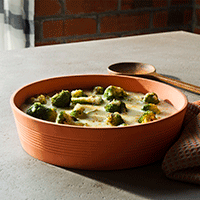
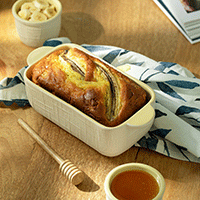
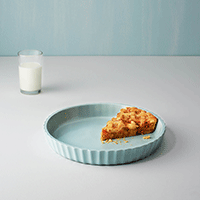
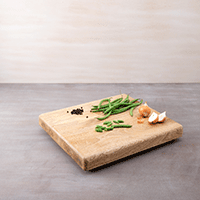
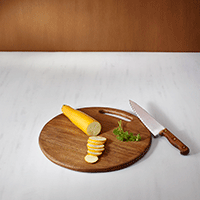
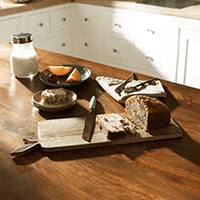
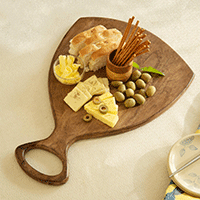
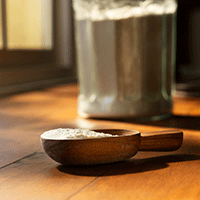
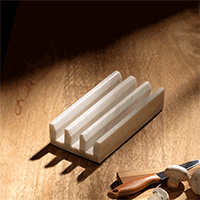
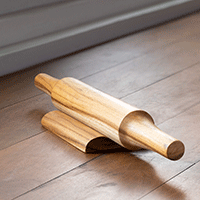

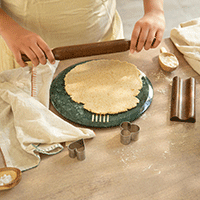
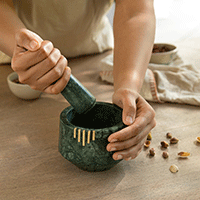
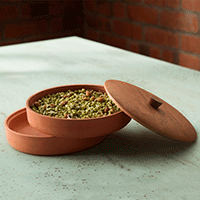
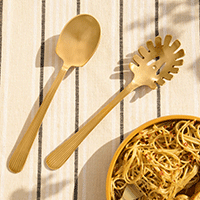
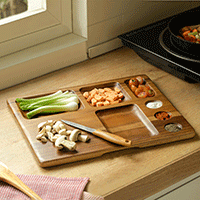
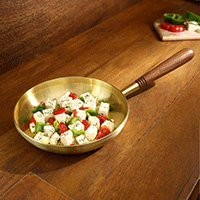
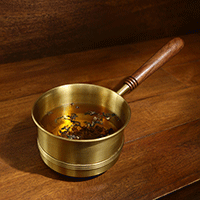
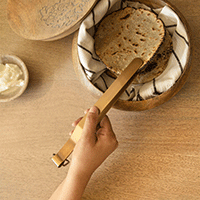
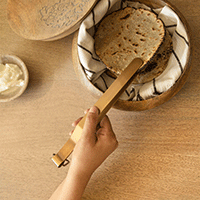
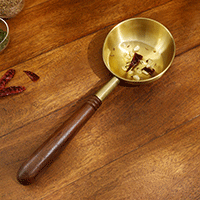
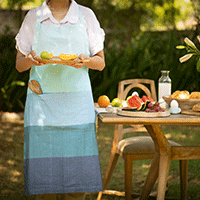
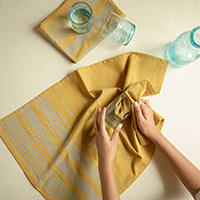
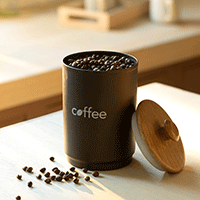
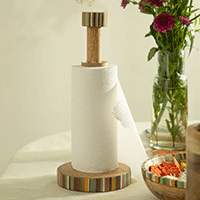
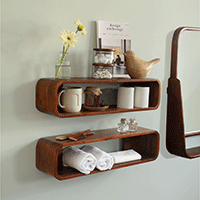
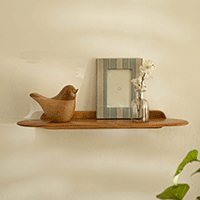
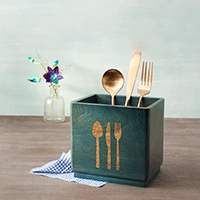
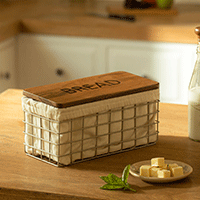
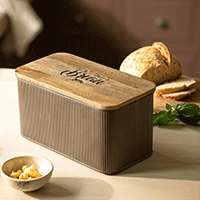
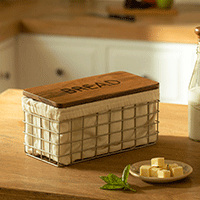
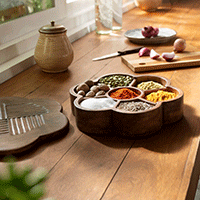

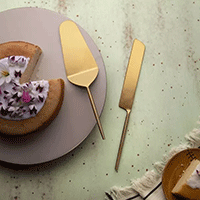
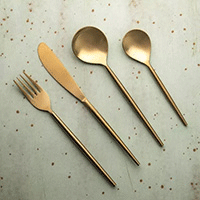
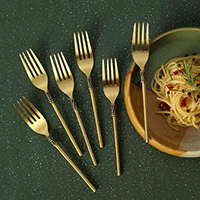
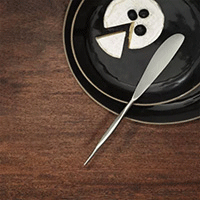
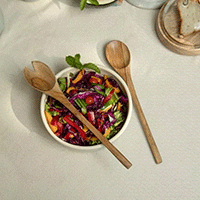
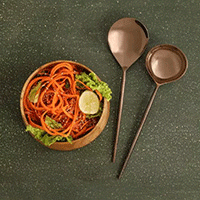
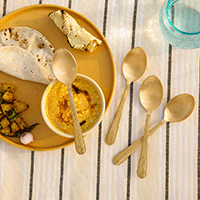
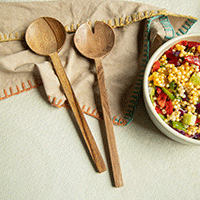
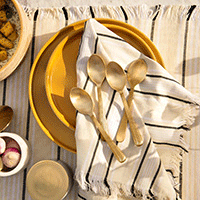
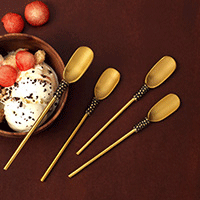
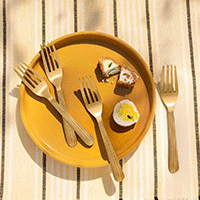
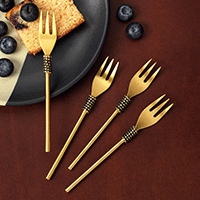
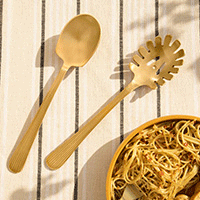
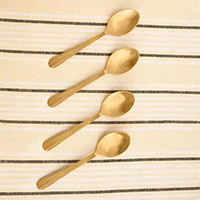

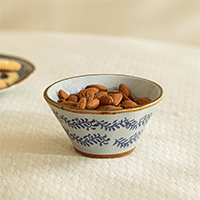
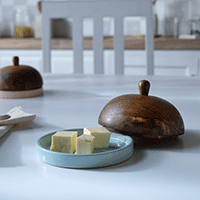
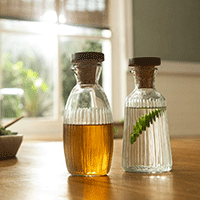
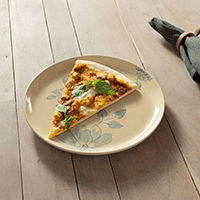
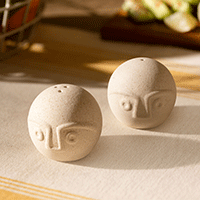
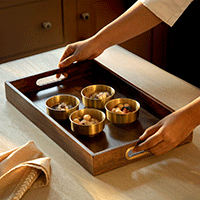
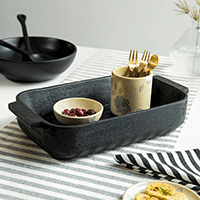
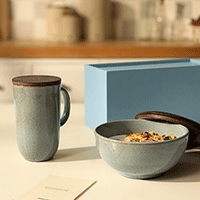


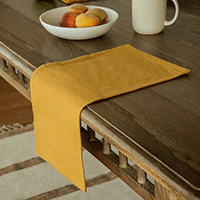
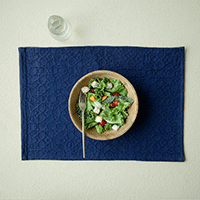
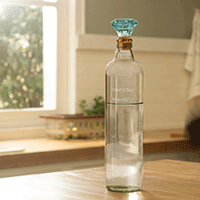
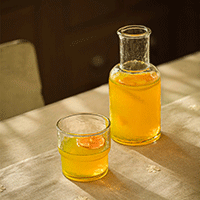


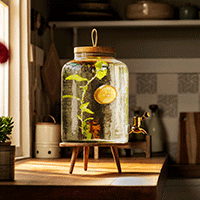
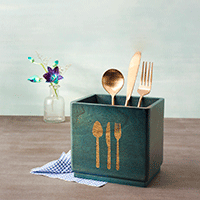
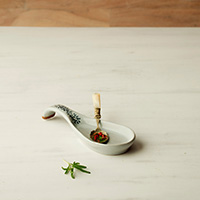
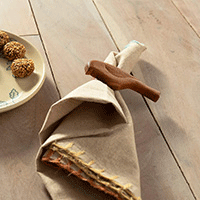

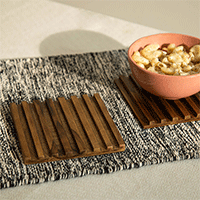
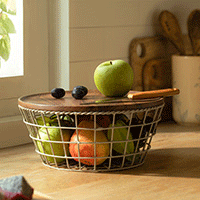
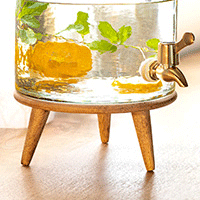
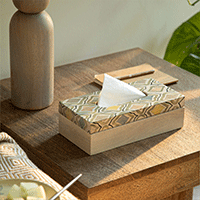

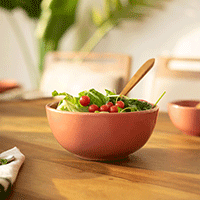
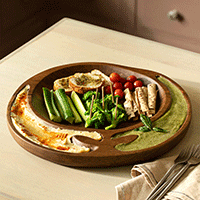
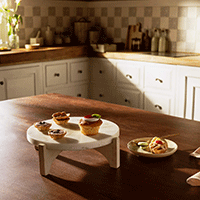
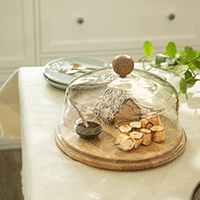
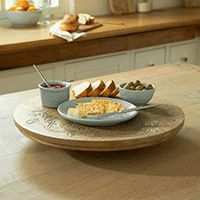
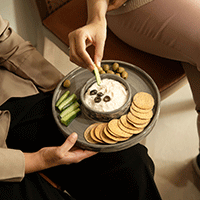
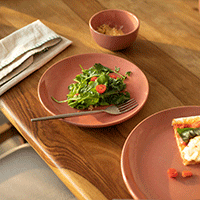
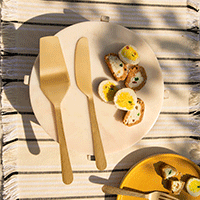
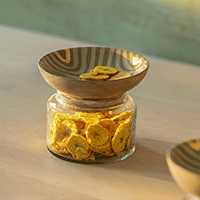
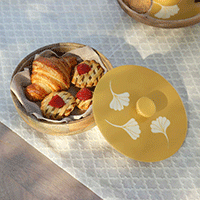
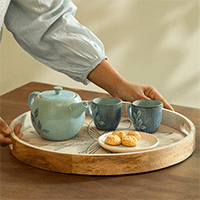
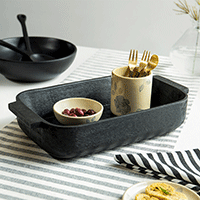
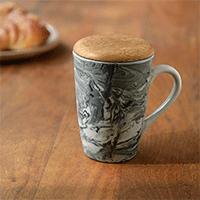
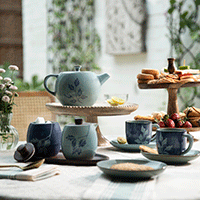
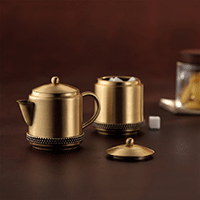
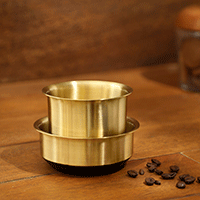

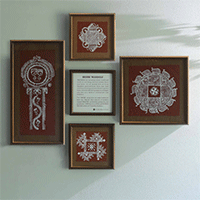
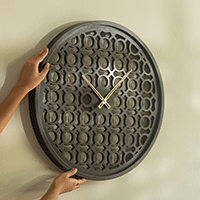
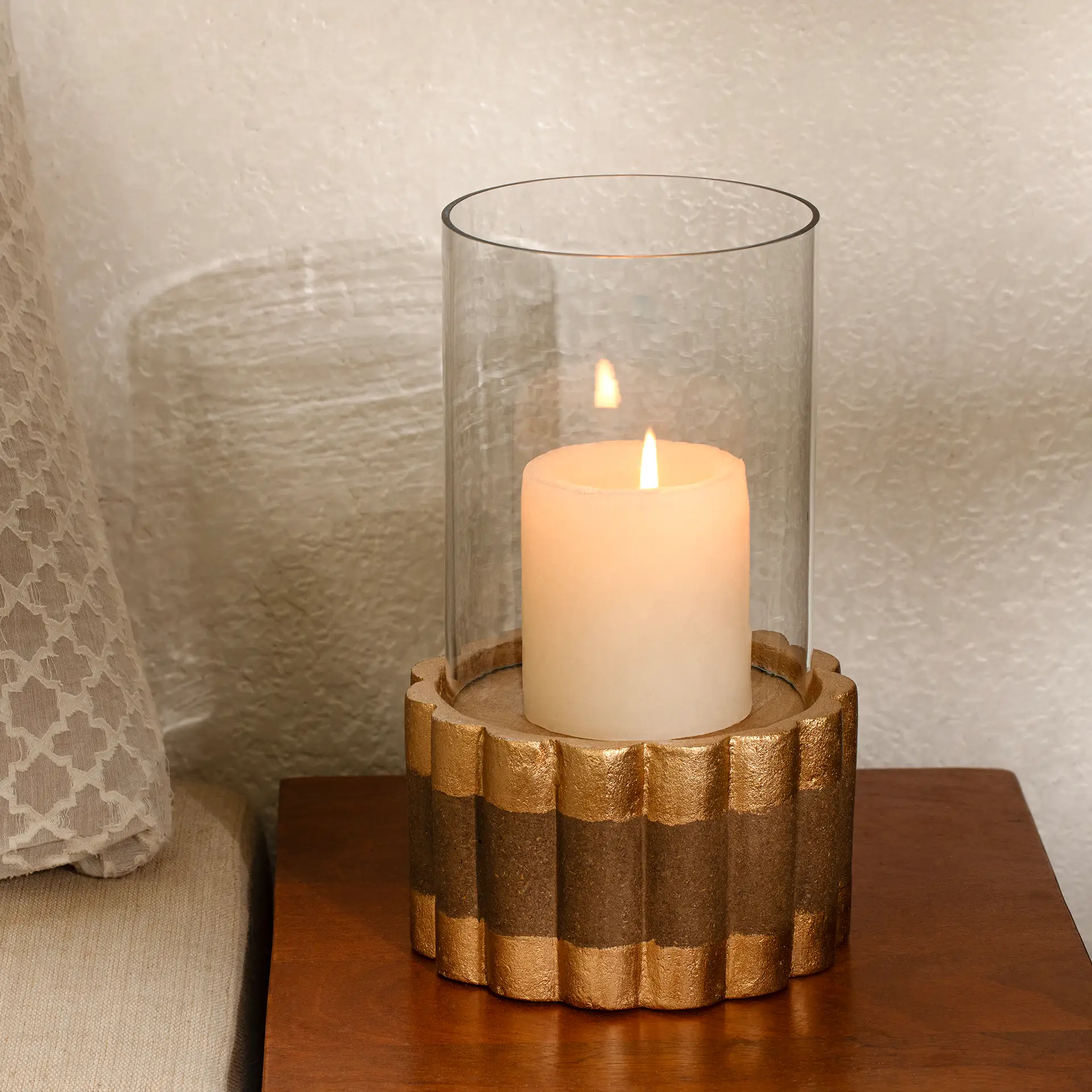
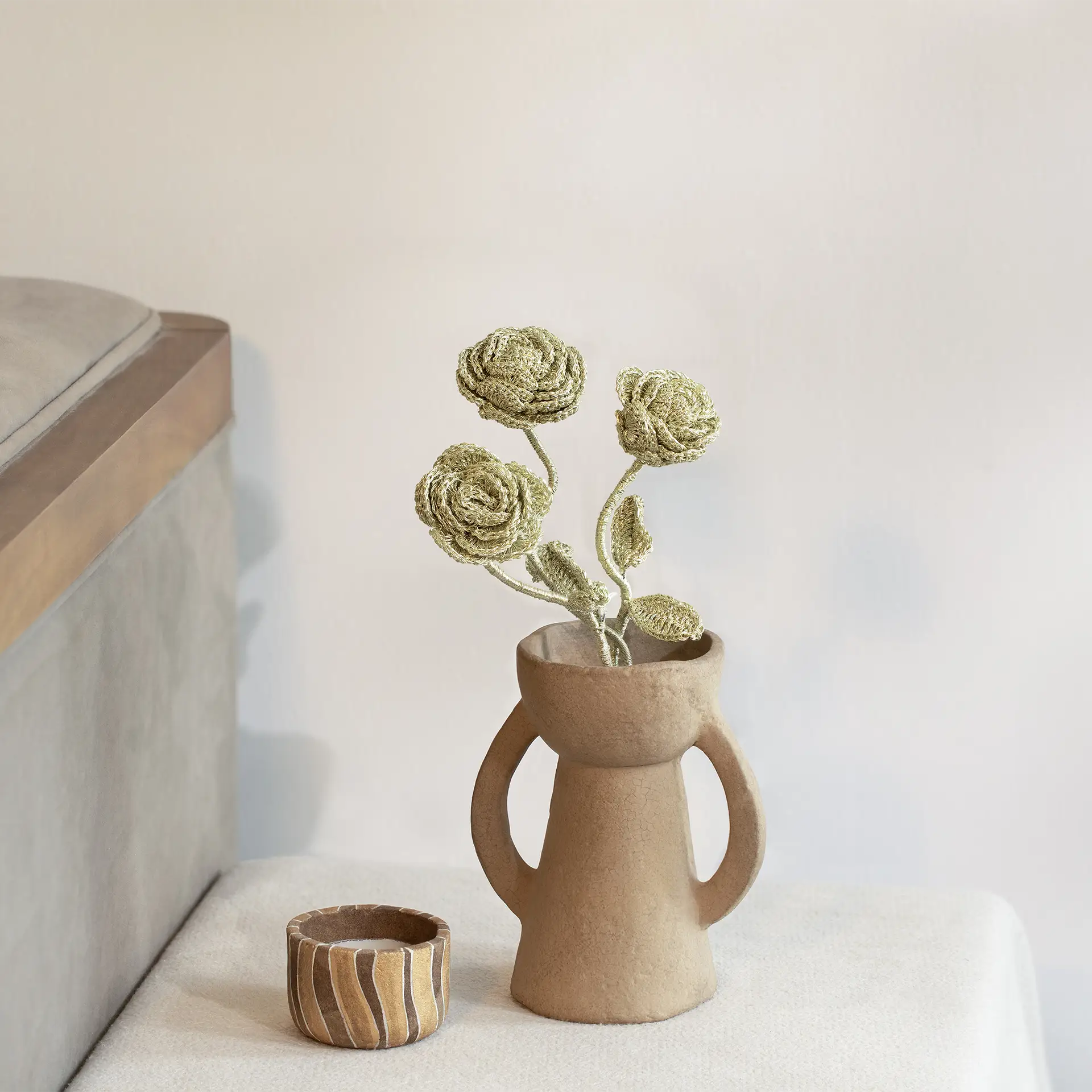
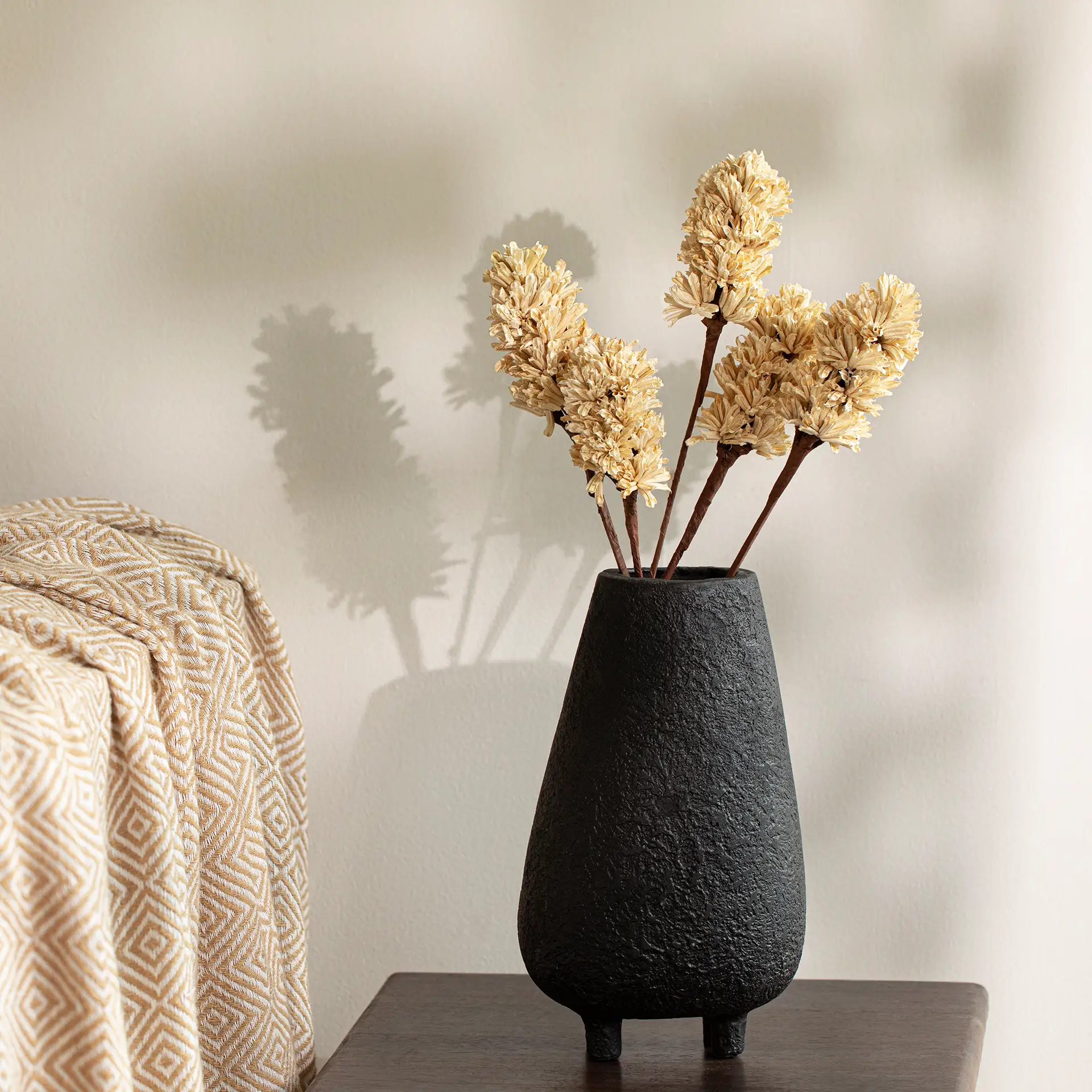
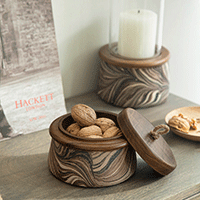
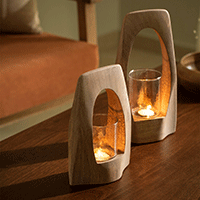
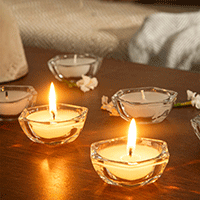
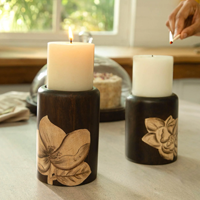
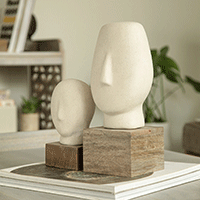
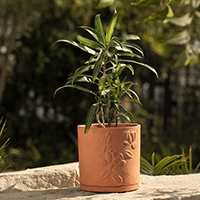
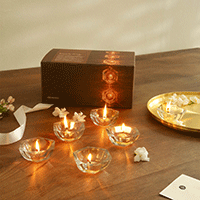
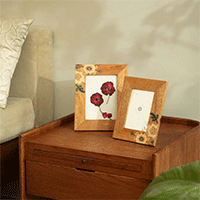
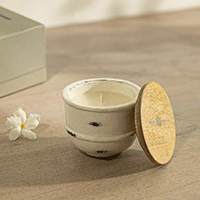
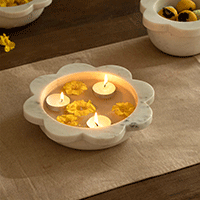

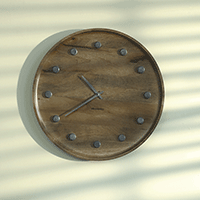
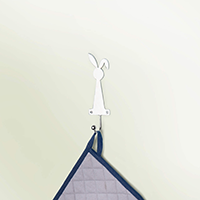
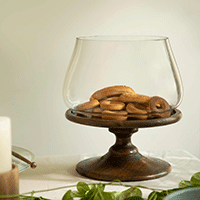

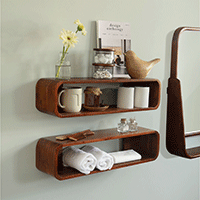

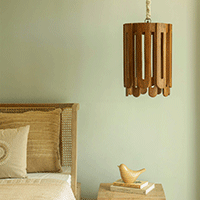
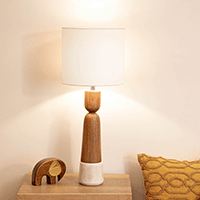
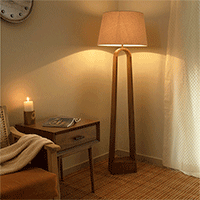
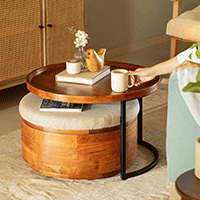

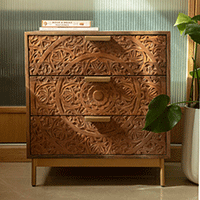
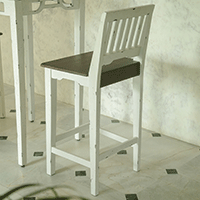
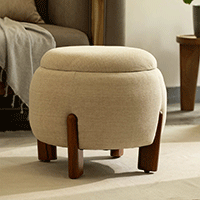


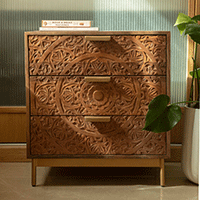
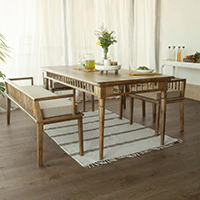
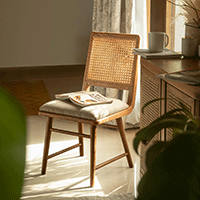

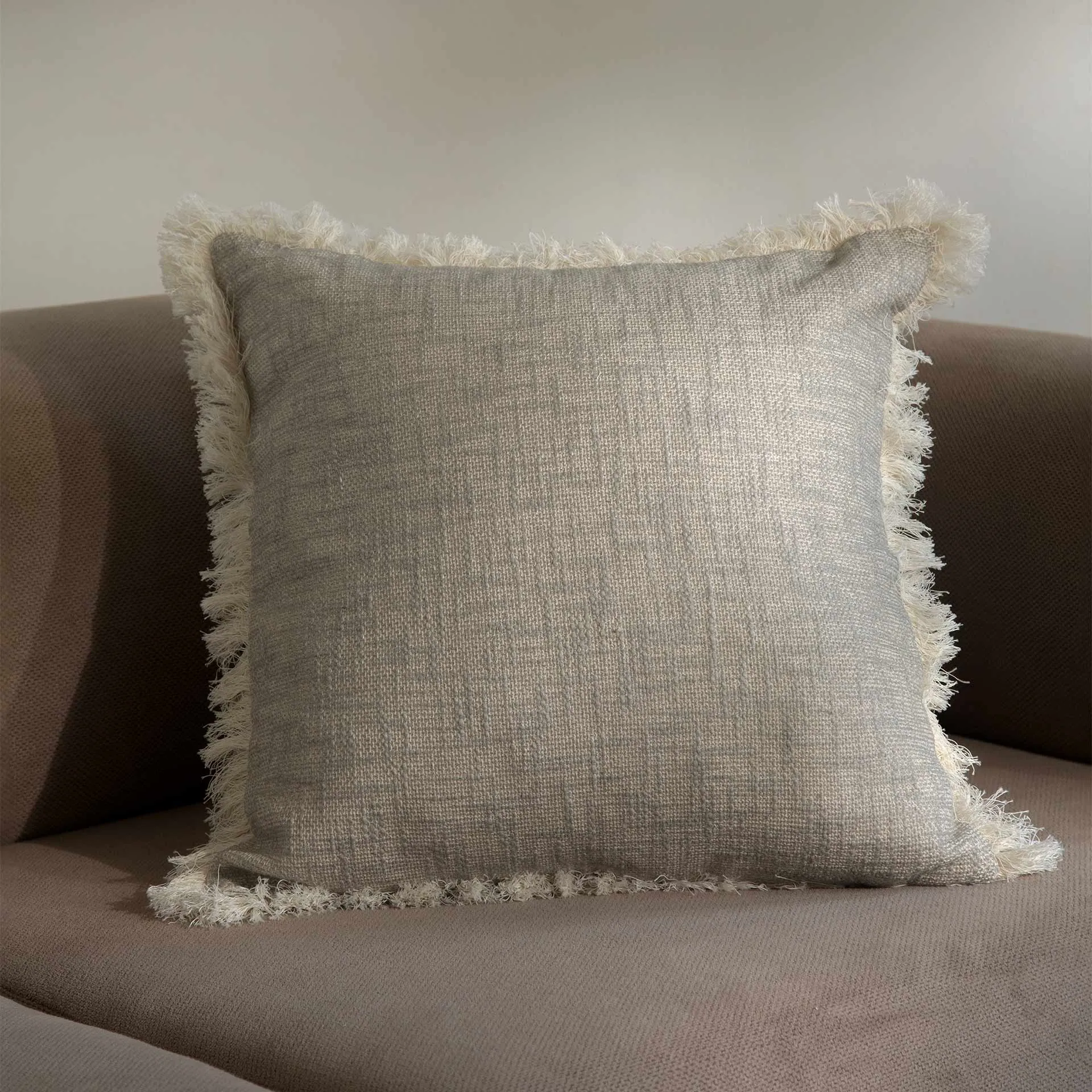
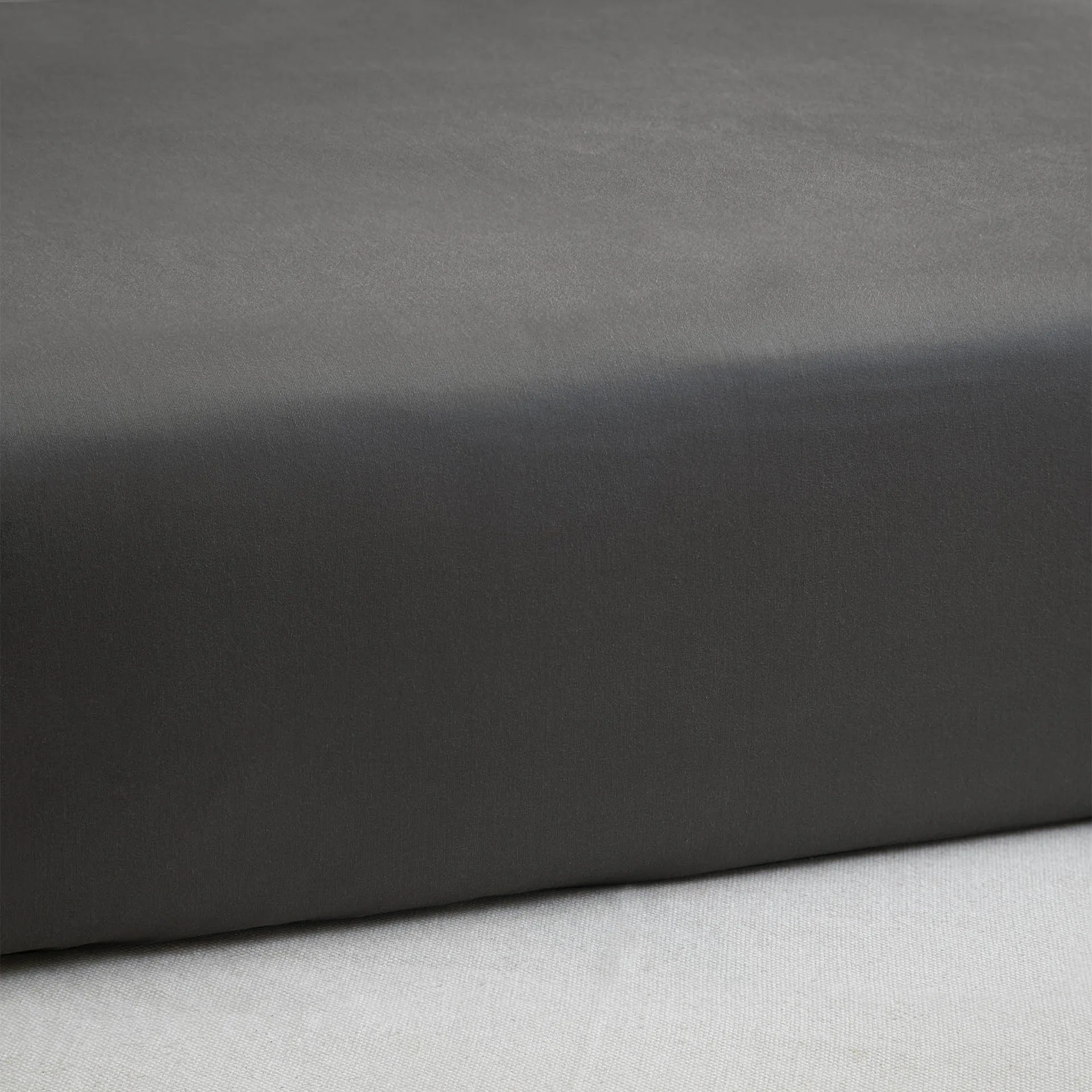

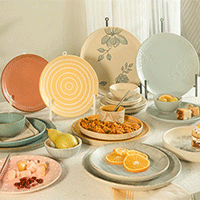
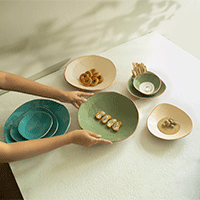
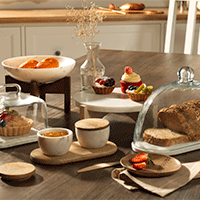
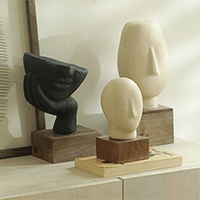
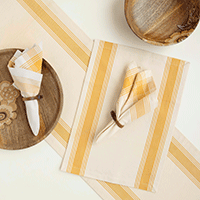
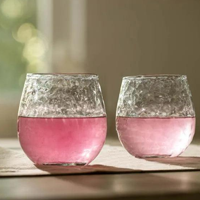
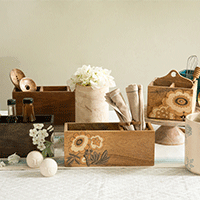
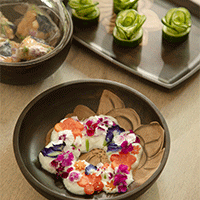
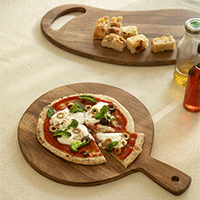
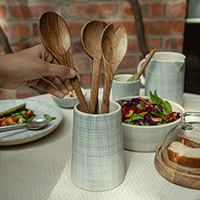
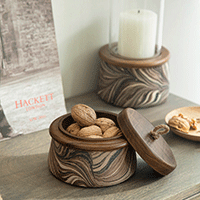
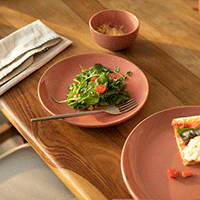
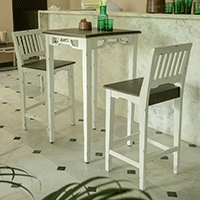
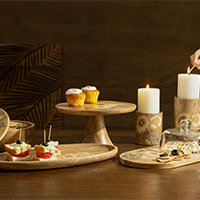
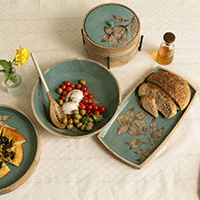
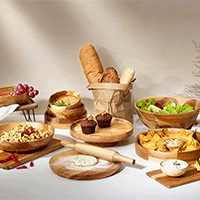
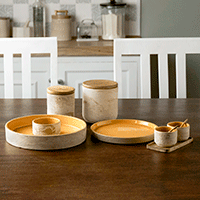
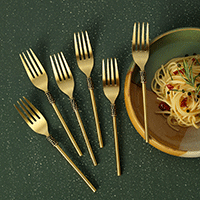
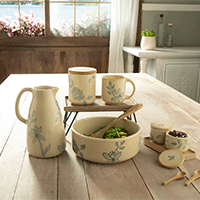
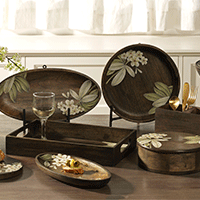
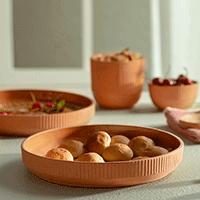
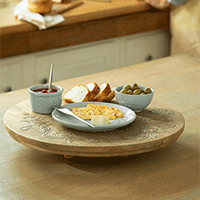
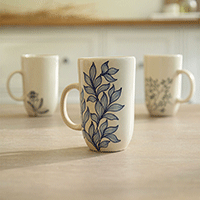
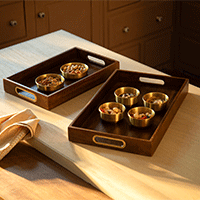
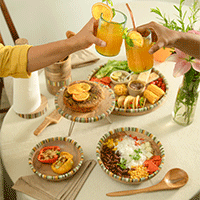
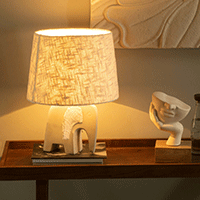
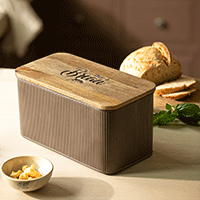
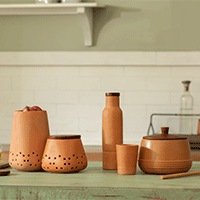
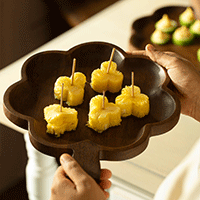
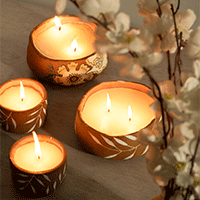
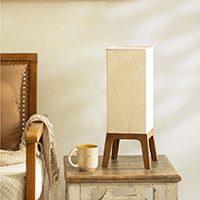
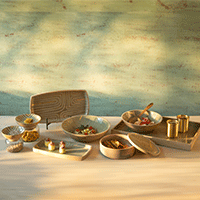
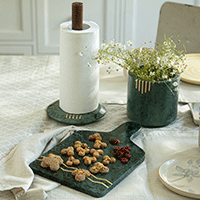
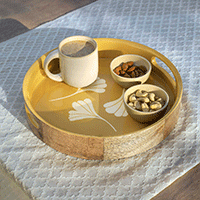
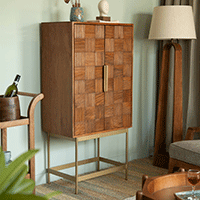
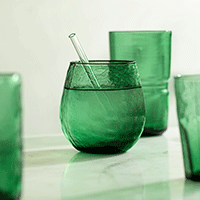
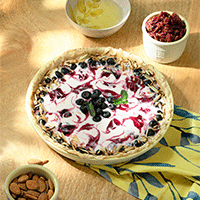
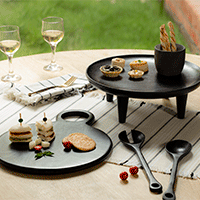
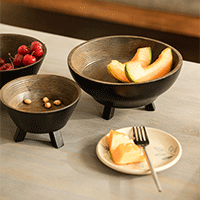
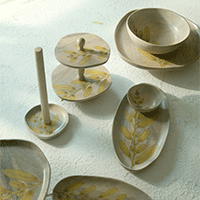
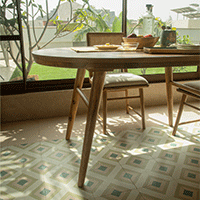
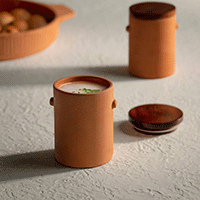
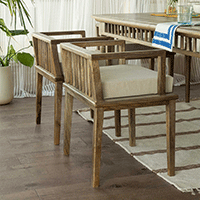

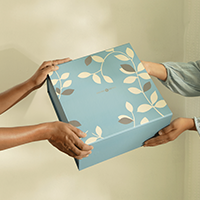
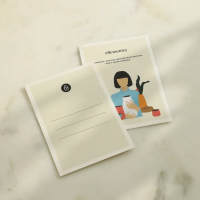
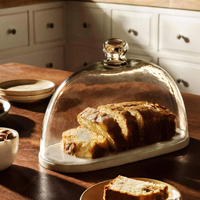
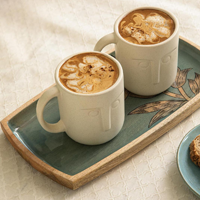
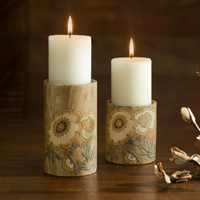

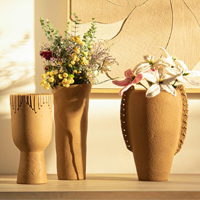
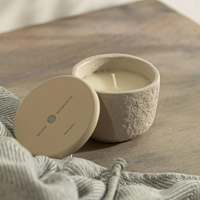
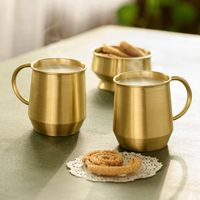
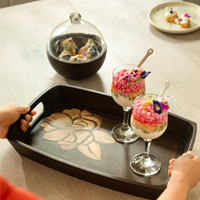
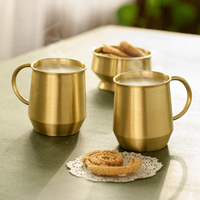
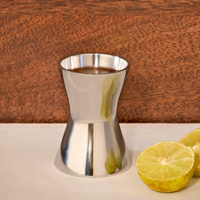
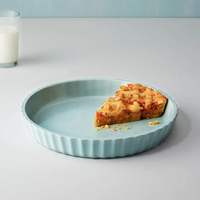
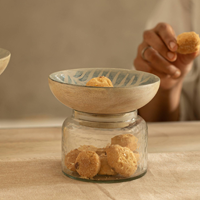
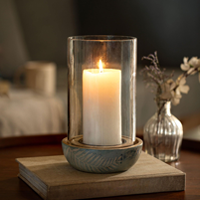
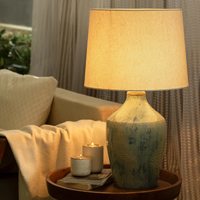
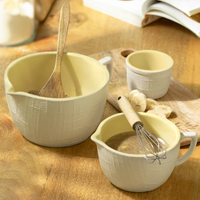
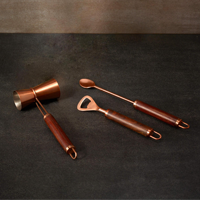
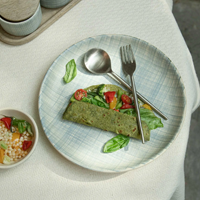










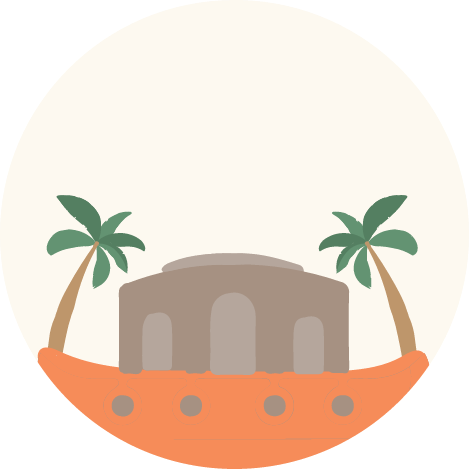

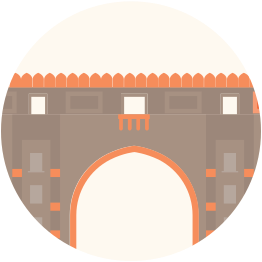





 easy returns
easy returns safe & secure
safe & secure hand crafted
hand crafted
